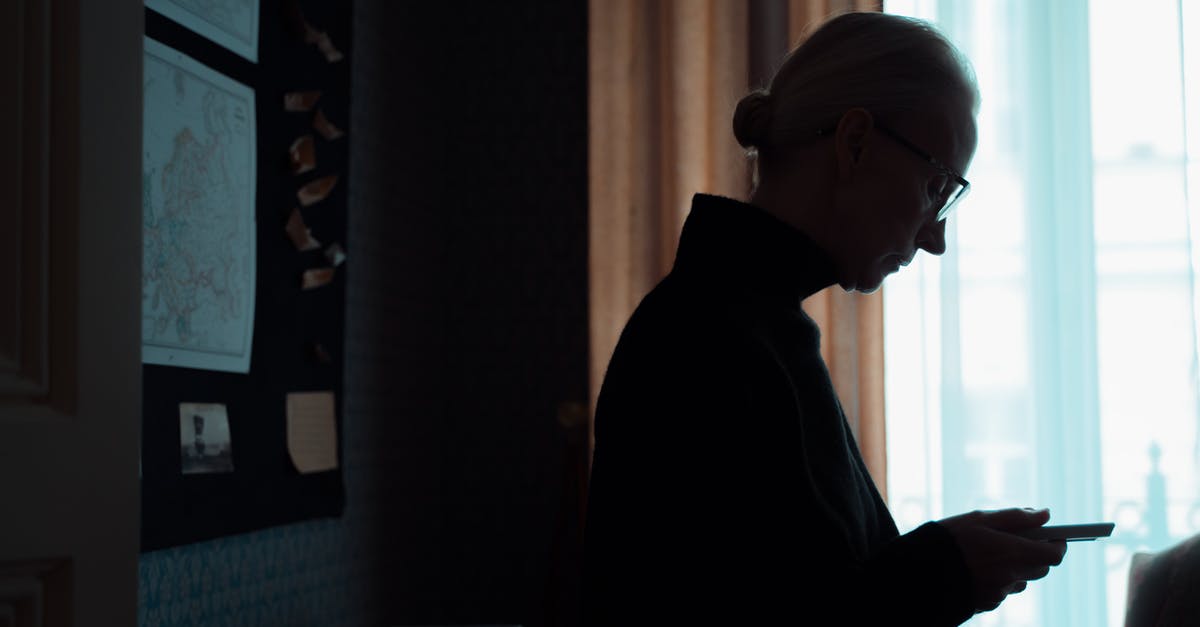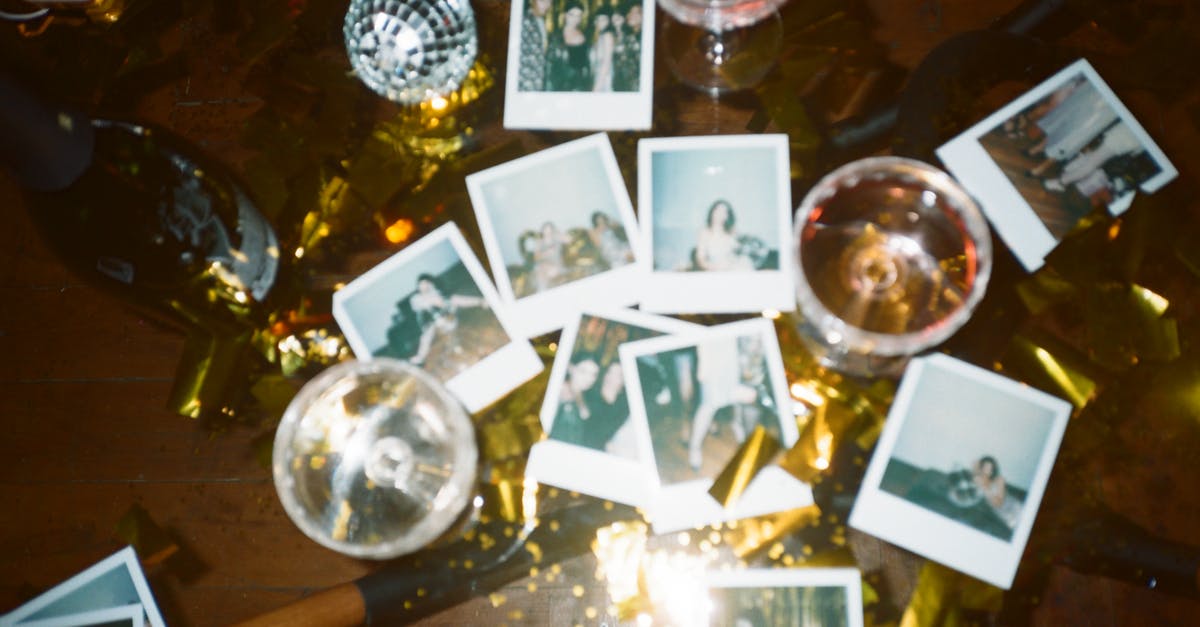How do we interpret Louise's memories in Arrival?

In Arrival, Louise (Amy Adams) appears to have vivid memories throughout the movie. Partway through the movie, we find that at least some of them involve events from the future. One in particular enables her to prevent humans from attacking the septapod ships.
My question is, are all of these "memories" actually in her future? Or did her interactions with the heptapods, and their non-linear sense of time, allow some elements of her past to be changed?
Two confusing aspects were Louise's marriage(s) and Louise's book(s). At first I thought her memories were showing a single book, and a single marriage. When she meets Ian (Jeremy Renner), he is reading the book she published. Later we see that a book she published includes images from the language of the heptapods. Louise also tells Ian that she has been married before, though later on she has a memory of Ian being her husband and them having a baby together. So did she publish one book or two, and was she married just once or twice? I do understand that it's extremely likely she would publish a book as a professor and another as an alien linguist, and it's also possible she had a failed marriage as an academic and another after meeting Ian. Those storylines were just (intentionally) confusing in the movie.
Best Answer
Let me have a go at the two things you need to know.
Ref - Arrival Explained
Louise's Marriage:
The punchline in the movie or the revelation in the climax is that the scenes where Louise Banks (Amy) is shown with her daughter, is not the past. Those are her visions of her own future. Yes, they are. You can hear Louise narrating this as a recollection. She is recollecting the events of the “arrival”. I’ll get to how she has these visions later on. Let’s cut to where she’s a teacher in the university.
The opening scenes of the movie with her daughter are over a future narration. These are events from Louise's future. When the aliens arrive she is not yet married and has not had a child. She meets Ian for the first time in the helicopter.
Louise is a linguist expert and as a result she publishes books. Once such book she has published is what Ian is reading on the chopper. This is a different book from the one that is prefaced with "for Hannah". That is a different book.
They also disclose that Ian is Hannah’s father in the future. This simply means that Louise has seen a future where Ian and her fall in love and have a baby.
Somewhere in the future after Hannah has contracted cancer, Louise writes another book. In that book she prefaces it with "for Hannah".
There are two different books. But only one marriage.
Pictures about "How do we interpret Louise's memories in Arrival?"



What do the flashbacks mean in Arrival?
As the film's major \u201ctwist\u201d highlights, the flashbacks Louise is having of a daughter are actually experiences from her future. After the failed terrorist attack by rogue military personnel, Louise asks the heptapod nicknamed Costello about this strange little girl she keeps seeing.What is the meaning behind the movie Arrival?
It is finally revealed to the audience that the scenes with Hannah and Louise is a moment from the future and not the past. Through the Arrival ending monologue, they also disclose that Ian is Hannah's father in the future. This simply means that Louise has seen a future where Ian and her fall in love and have a baby.What is the overall message of Arrival?
Arrival is a versatile science fiction film that communicates on many levels. It's about language and cooperation, about people transcending barriers and immersing themselves in a new culture to understand a foreign race.Louise, interpreter at the European Parliament
More answers regarding how do we interpret Louise's memories in Arrival?
Answer 2
To my understanding
- The memories which appear at beginning of the movie, are actually made for the viewers -- at this point, Louise doesn't "have" those memories/visions still.
- The memories actually start to appear to her in her dreams, only after she started exploring the alien language. Those were not actually memories, but "visions" of the future. The "scientist" dad that Louise mentions to her daughter -- is actually Ian.
Answer 3
I agree with the obvious notion that, during the new language-learning process, her visions were about her future. And sure, there can be two books that she publishes, one before, one after.
However, I feel that the director tried way too hard to trick the viewer into thinking that her dreams were from the past by adding the future visions too early into the story, by portraying Louise as very depressed (to strengthen the fake idea that she doesn't have anything to live for after the loss of her daughter and husband - she even walls by the group of students who are clearly shocked by some breaking news). Also, the conversation about her having been married before is designed with only one purpose: to mislead the viewer into thinking that her ex left because of the loss of her daughter. But the only way her statement makes sense is if she in fact was married to another guy before. In other words, there are two books, two husbands, visions only for misleading the audience, and only seen by her after the communication with the aliens.
Great idea, but the mind-bender element is forced onto the audience, thus purposely confusing them with no relation to the story or emotions. OP's questions make perfect sense even after realizing the logic of the story.
Answer 4
(Spoilers)
I believe the entire story is about time, and so a non-linear voiceover from Louise to introduce not only the story, but her story, is not quite as reprehensible as suggesting Villaneuve deliberately confused the viewer. The truth is, she spoke of her husband and life before her story began, and we saw moments of this to witness her humanity, and also the micro-scale of how this story begins. It's not obvious when she remembers her story and tells us as an introduction, much like how it's not obvious when certain oneiric scenes reveal other, potentially cryptic, plot points.
We know that she has one child and one husband - no other is mentioned or referred to, however there is the mystery during the film of who the girl is in the visions. This is unravelled slowly and evocatively - if we were presented with a person who witnesses her daughter die without pace or care, we'd feel nothing for this child... however we see what we see to give the relationship between Louise and the girl some context, so we care that she still embarks on her doomed marriage and her terminally ill daughter regardless. Louise can now perceive time differently, however she realises that it's the journey that is important and continues regardless.
I don't feel as though this is in any way deceiving for the wrong reasons, though it's a little convenient to present the same topic as the mystery as what we would expect at the beginning is a conclusion, or a memory to partner the voiceover.
Answer 5
Here's my interpretation.
For Louise, as we know, time is non-linear. So, if she is at a point t in time, for her, any time before t is past and time after t is also past.
She used to have visions of her child before meeting the septapods, but she used to dismiss them as dreams.
Now, at time T, she finds out that she has this ability (probably given to her by the septapods; if the septapods gave her the ability, then too she would always have it since time is non-linear for her), and that is the moment she realises that those weren't dreams. Those were memories from her past from a different direction!
Sources: Stack Exchange - This article follows the attribution requirements of Stack Exchange and is licensed under CC BY-SA 3.0.
Images: cottonbro, Pixabay, Leah Kelley, Inga Seliverstova
